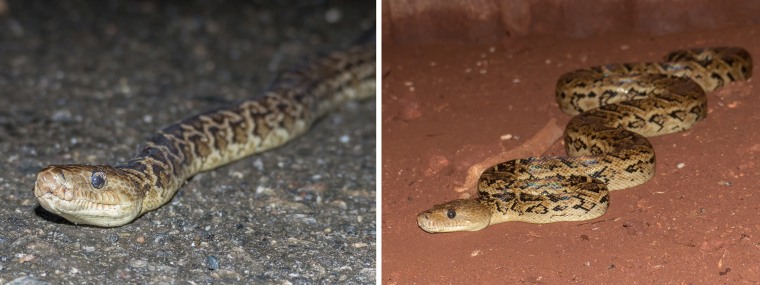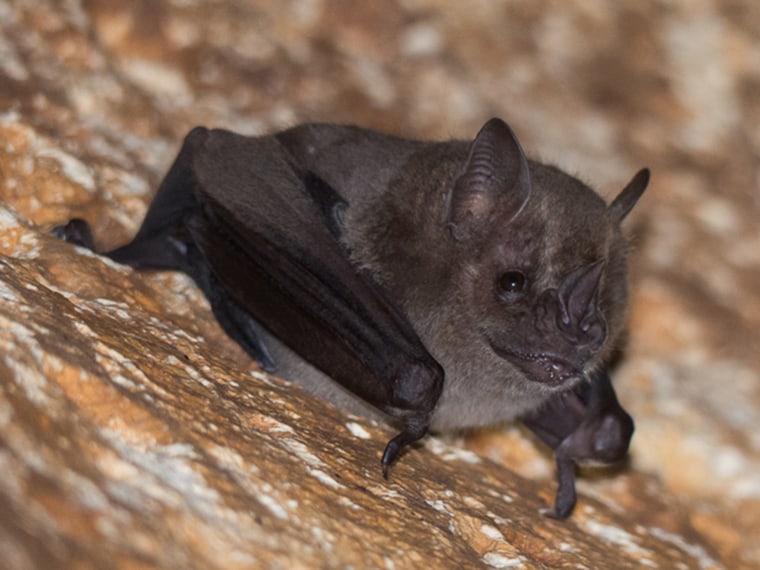Imagine a cave filled with snakes and bats. Then imagine the snakes hanging from the ceiling of the cave to catch the bats as they try to fly out. Then, just in case that’s not enough, imagine the snakes are helping each other.
Vladimir Dinets of the University of Tennessee says he saw boas in a Cuban cave coordinating as they hunted bats.

While wolves, lions, dolphins and several other species of animals coordinate and hunt in sophisticated ways, such behavior has never been seen in snakes, Dinets, a zoologist, said.
“The present study suggests that boas take the positions of other individuals into account when choosing the hunting location,” he wrote in his report, published in Animal Behavior and Cognition.
“This is the first scientifically documented case of coordinated hunting by snakes.”
Dinets said he noticed the boa behavior when he was visiting the cave in Cuba. He came back several times to watch was going on.
"Some of the boas entered the passage that connected the roosting chamber with the entrance chamber, and hunted by suspending themselves from the ceiling and grabbing passing bats.”
“There is this cave where the bats fly in and out and the boas form kind of a fence across the cave to catch them,” Dinets told NBC News.
The snakes obviously knew when the bats were coming and going and got into position ahead of time, Dinets said.
“They position themselves in a way that allows them to form a barrier across a cave passage,” he wrote.
“After sunset and before dawn, some of the boas entered the passage that connected the roosting chamber with the entrance chamber, and hunted by suspending themselves from the ceiling and grabbing passing bats.”

Sometimes there would just be one snake, and Dinets never saw a snake catch a bat when it was alone. The more snakes, the more successful they were at catching the bats.
“Visual observations suggested that most bats were able to avoid flying near boas when there were one or two boas present, but with three boas present the bats had to fly either within striking distance from one of them (often colliding with the boas), or very low above the passage floor,” he wrote.
The boas, which are harmless to people, appeared to very deliberately space themselves out, Dinets said.
“I guess they can see each other,” he said. “They hunt by vision.”
Sara Ruane, who specializes in snake biology at Rutgers University, says it’s plausible but she doubts the snakes are pack hunting like wolves would.
“It appears that these boas are positioning themselves to optimally forage on the bats and in doing this, they are taking into account where other boas have already positioned themselves and are then positioning themselves with respect to that in a way that likely maximizes their own chance of catching bat,” said Ruane, who was not involved in the study.
“There are sea snakes which have been shown to hunt in packs."
“It's not as though they are sharing a bat, or helping each other directly catch a bat by repositioning themselves, or doing anything altruistic with respect to each other,” she added.
Ruane says it will be an interesting topic for more research.
Dinets says he wants to see more, too.
“I wasn’t surprised because there is a lot of stuff that people don’t know about,” he said.
“There are sea snakes which are shown to hunt in packs,” he said.
He’d also like to go watch snakes in the Galapagos, which have been filmed hunting in large groups. They may be coordinating, but that hasn't been shown, Dinets said.
